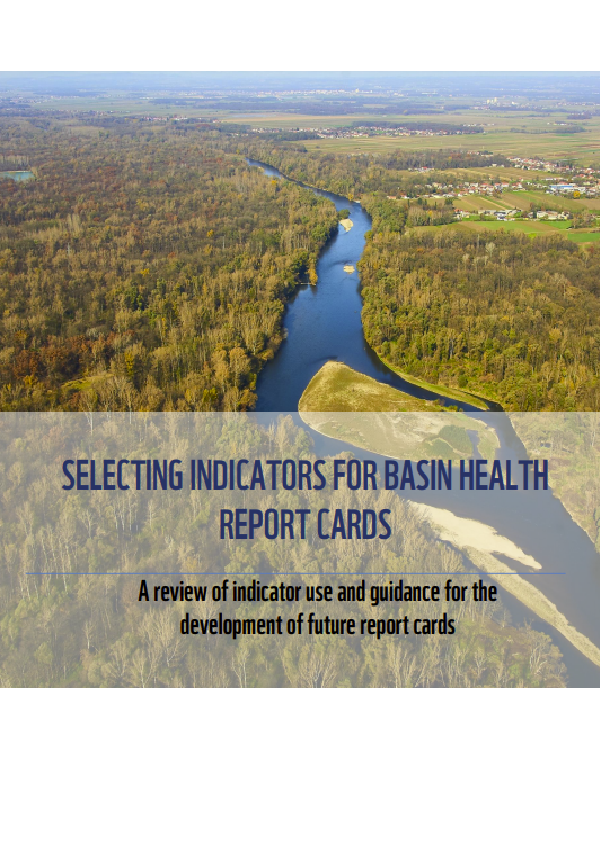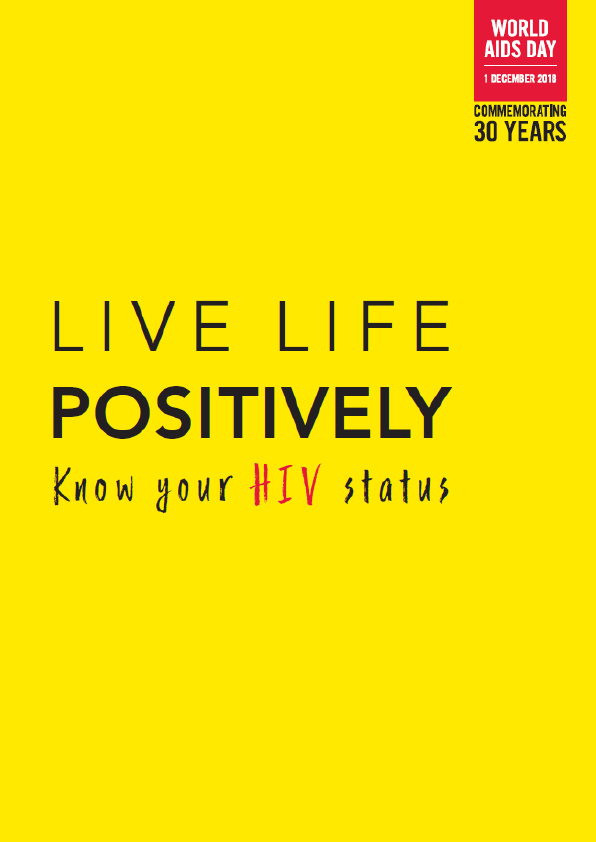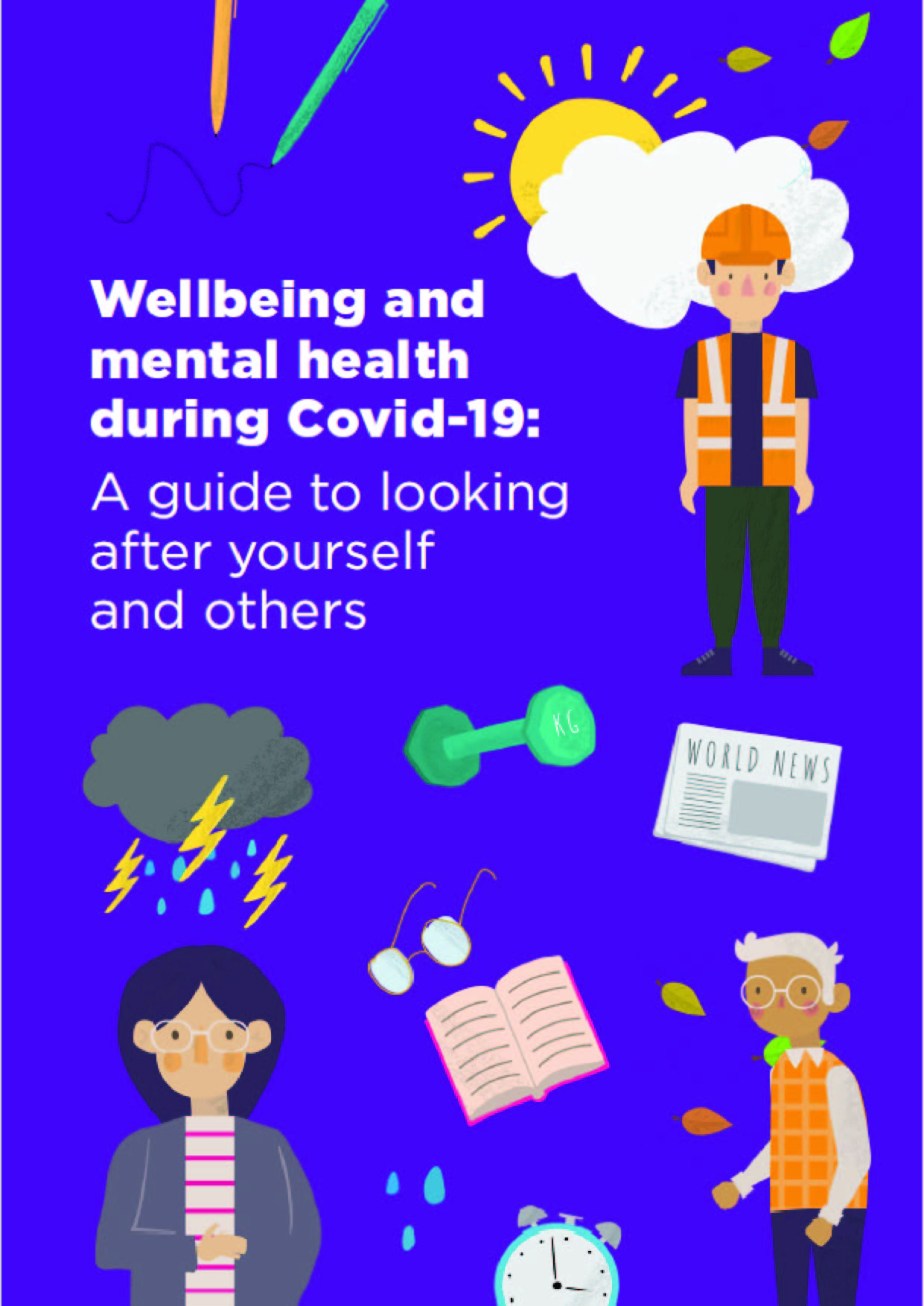This guide is intended for those working to assess and manage resources, especially those interested in developing river basin health report cards. It reflects on the indicators that have historically been used for basin report cards and present new ways to think of indicators, as the interface between nature and people becomes more and more intertwined. It is a supplementary guide to the Practitioner’s Guide to Developing River Basin Report Cards.
Introduction
In this chapter, we introduce the concept of indicators and provide an overview of how they are used in basin report cards (BRCs). We include a summary of the range of indicators used and some of the limitations of indicators. A full list of BRCs that have been included in this review can be found in Annex.
What is a basin report card indicator?
Indicators are the foundation of BRC development. They are powerful tools for describing the health of a basin and for communicating information. An indicator can be comprised of a single variable or an output value (index) which combines a set of multiple parameters.
The Bioinformatics Resource Centers (BRCs) are a group of five Internet-based research centers established in 2004 and funded by NIAID (the National Institute of Allergy and Infectious Diseases.) The BRCs were formed in response to the threats posed by emerging and re-emerging pathogens, particularly Centers for Disease Control and Prevention (CDC) Category A, B, and C pathogens, and their potential use in bioterrorism. The intention of NIAID in funding these bioinformatics centers is to assist researchers involved in the experimental characterization of such pathogens and the formation of drugs, vaccines, or diagnostic tools to combat them.
Indicators communicate important qualitative and quantitative information which can inform value judgements. This information can be used to evaluate the effectiveness of management policies and interventions and alert people to impending changes. When linked to various management goals and values systems, indicators can help basin managers understand their local watershed and make decisions accordingly.
What are the limitations of indicators?
While indicators can help provide information about the health of a basin, they also have limitations. For example, there are many ways to measure system function and health, but they may only represent a narrow view of that system. It is important to remember that individual indicators only tell part of the story. Therefore, it is vital to use a suite of indicators to get a more complete understanding of a basin’s health.
There are some general limitations regarding the use of indicators to understand the complex, multidimensional dynamics of a river basin. Though the simplification of complex systems is a necessary process, some degree of caution must be exercised to ensure that metrics are not overly reductive and therefore misleading.
While reliable data and measurements are key to successful management using indicators, indicators can be influenced too heavily by the technical perspective on what can be measured, rather than what should be measured, particularly due to limited data on qualitative data. In an Integrated Water Resources Management (IWRM) scenario, this can lead to situations where the conditions that are measured are not fully descriptive of the actual state of the basin or relevant for water policy processes, while conditions that really matter cannot be measured properly with quantitative approaches.
Most indicators have tended to be quantitative in nature, although qualitative measures have become more common, especially when integrating social and cultural measures, which may obtain data from interviews, and surveys. Data for these indicators can often be translated from text to quantitative information, but the underlying information is based on qualitative concepts, opinions, and perceptions (for example, an indicator that uses surveys that ask users to rank the degree to which they agree with a statement relating to management effectiveness, importance, or quality)











